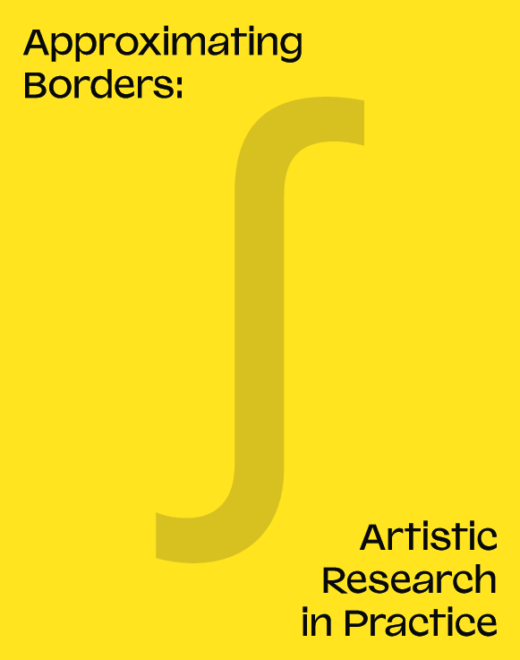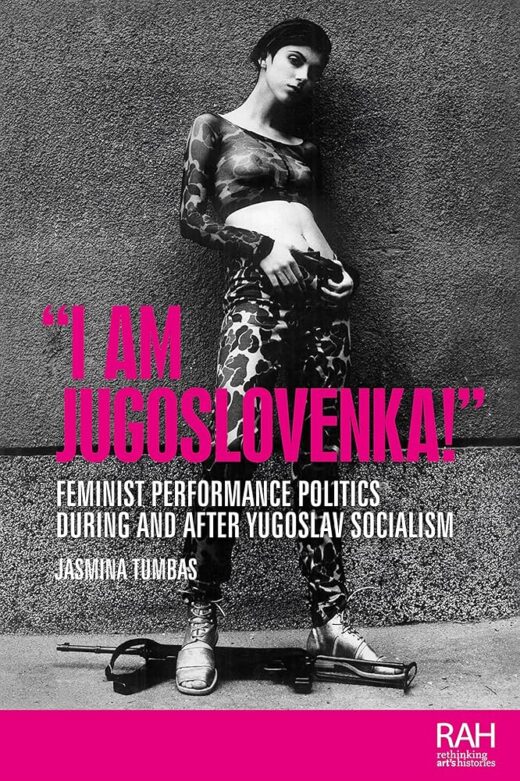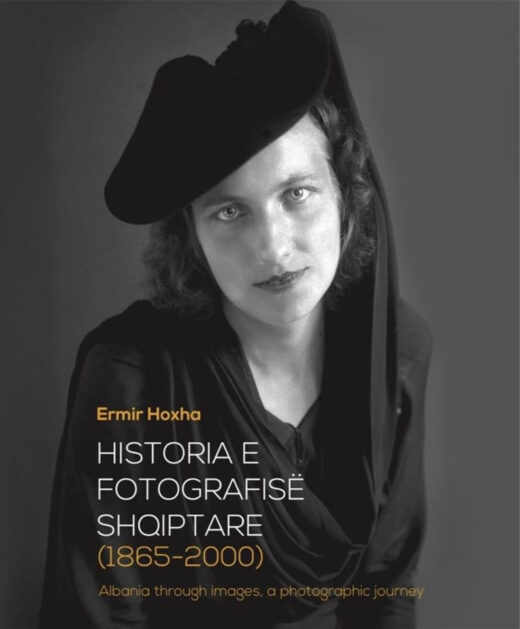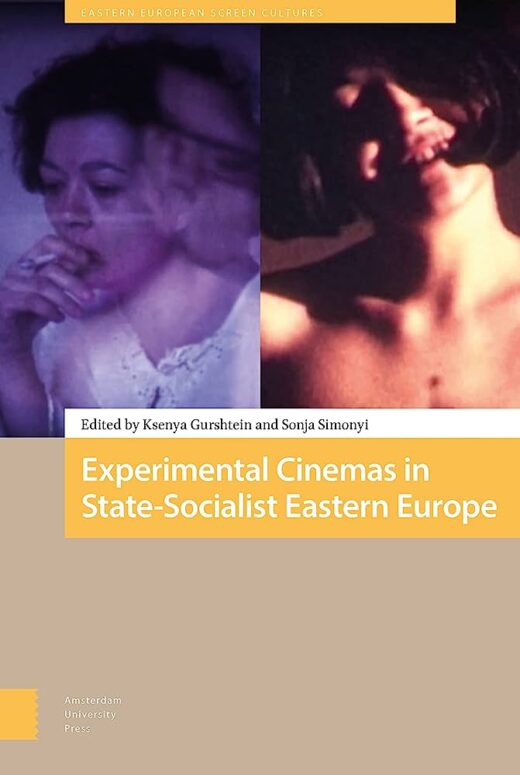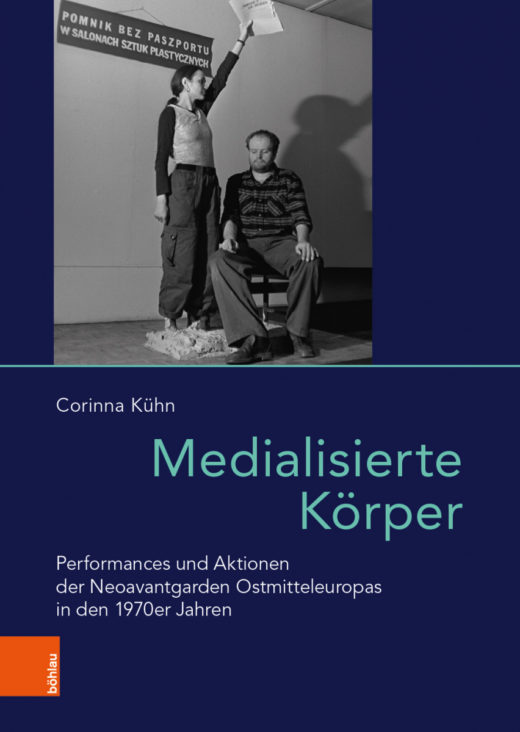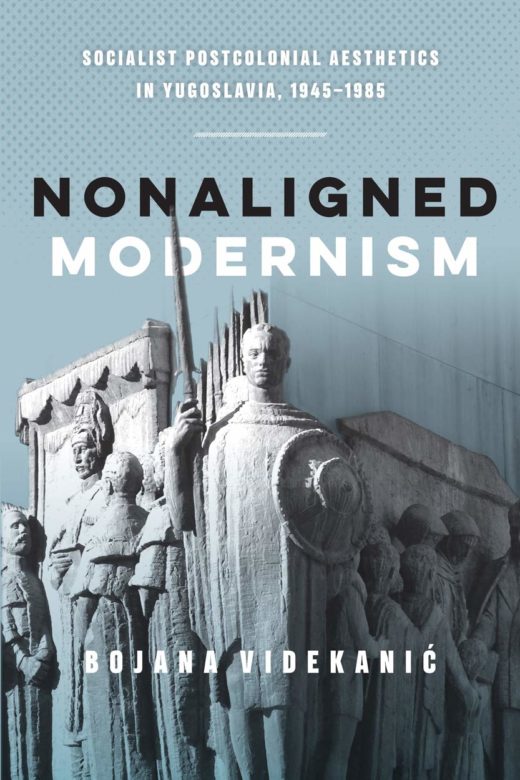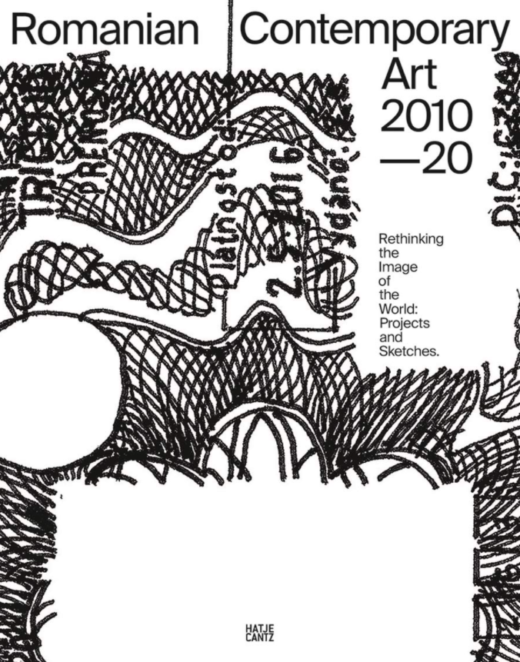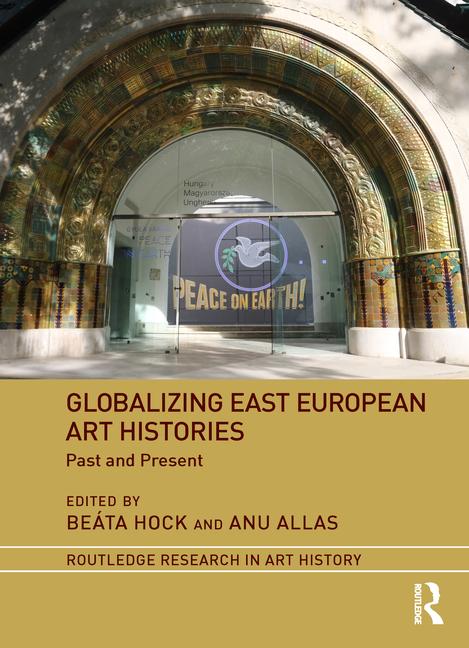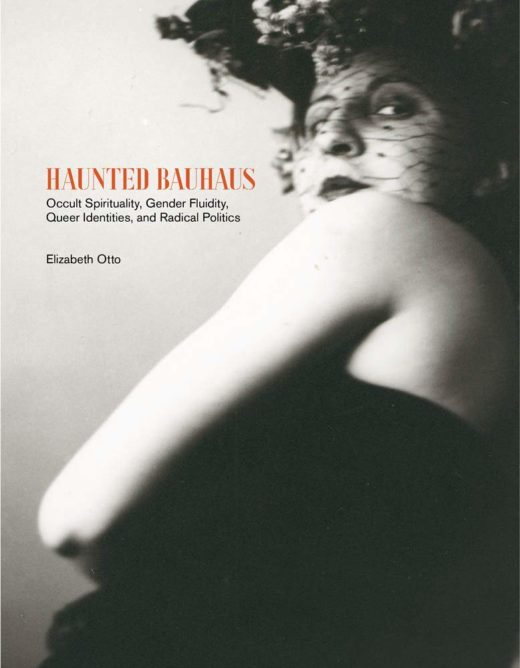Approximating Borders: Artistic Research in Practice
Ádám Albert, Eszter Lázár, Dániel Máté, Edina Nagy (eds.), Approximating Boarders: Artistic Research in Practice (Budapest: Hungarian University of Fine Art, 2023) 223 pp.
The question of knowledge resonates throughout human history. There have been many attempts to define it across philosophy, art, and science, but one cannot find an ultimate agreement upon the meaning of the term. We could cite innumerable perspectives and ideas about knowledge—from Descartes to Adorno in philosophy, to quite rigid and strict rules from natural science—but this would testify only to the diversity of ideas associated with “knowledge.” In the capitalist system, knowledge is a … Read more

